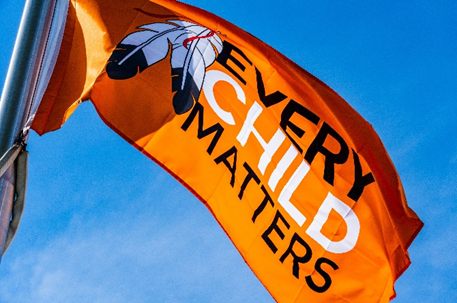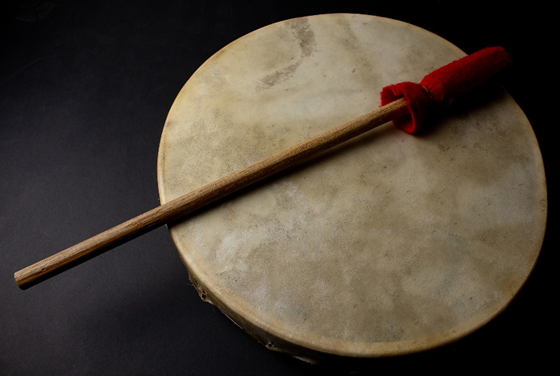Indigenous Health
Overview
The health of the Indigenous populations located in Turtle Island (North America), is heavily impacted by the history and ongoing acts of colonization which resulted in the residential school system, relocation, and disregard for land claims. The social and economic conditions that were created as a result of colonialism have caused adverse physical, mental and spiritual health outcomes among the First Nations, Inuit and Métis populations.
Indigenous Populations and Injury
One major factor which influences Indigenous mental wellness is the ability to participate in activities which promote and preserve culture and traditions. Communities which have access to express and participate within their culture as a community have overall lower rates of intentional injury (suicide and self-harm). Other protective factors against suicide include self-governance, access to economic resources, and land claim resolution.
The most common types of unintentional injury-related mortalities within Indigenous populations include motor vehicle collisions, drowning, falls, and poisoning. Suicide and violence related injuries occur more frequently in Indigenous populations than non-Indigenous populations.
Due to the rural location of some Indigenous communities, individuals often travel great distances to access resources. Coupled with poorer road quality and safety, this impacts the risk of motor vehicle collisions, making this the most common type of unintentional injury-related mortality.
Secondly, drowning is the second most frequent type of injury related mortality within Indigenous populations due to the use of snowmobiles, boating and other water-related use. Likewise, Indigenous populations often retrieve traditional foods from bodies of water, which increases their risk of drowning.
Suicide being more frequent within Indigenous communities than non-Indigenous communities is due to a complex number of factors. Indigenous youth die of suicide more often than any other age group, with male-identifying youth dying of suicide more frequently than female-identifying youth. Rates of intimate-partner violence (intentional injury) is more common among Indigenous women than non-Indigenous women.
All information is retrieved from ACIP's Social Determinants of Injury Publication from 2011. Note, the language within this document when describing the Indigenous populations of Turtle Island require updating.
Resources
The health of the Indigenous populations located in Turtle Island (North America), is heavily impacted by the history and ongoing acts of colonization which resulted in the residential school system, relocation, and disregard for land claims. The social and economic conditions that were created as a result of colonialism have caused adverse physical, mental and spiritual health outcomes among the First Nations, Inuit and Métis populations.
  |
To educate yourself and others, engage in advocacy, and understand the importance of decolonizing the work within the field of injury prevention, read the Truth and Reconciliation 94 Calls to Action published in 2015.  |
Indigenous Populations and Injury
Injury for First Nations and Inuit populations throughout Turtle Island (North America), is the leading cause of death. Injury-related mortalities was 3.5 times higher in Indigenous populations, than the national average. Such higher rates of injury are due to previous and ongoing acts of colonization, impacting this population's social determinants of health, such as, food security, housing security, socioeconomic status, accessibility, mental, physical and spiritual wellness, and many other determinants. |
 |
The most common types of unintentional injury-related mortalities within Indigenous populations include motor vehicle collisions, drowning, falls, and poisoning. Suicide and violence related injuries occur more frequently in Indigenous populations than non-Indigenous populations.
Due to the rural location of some Indigenous communities, individuals often travel great distances to access resources. Coupled with poorer road quality and safety, this impacts the risk of motor vehicle collisions, making this the most common type of unintentional injury-related mortality.
Secondly, drowning is the second most frequent type of injury related mortality within Indigenous populations due to the use of snowmobiles, boating and other water-related use. Likewise, Indigenous populations often retrieve traditional foods from bodies of water, which increases their risk of drowning.
Suicide being more frequent within Indigenous communities than non-Indigenous communities is due to a complex number of factors. Indigenous youth die of suicide more often than any other age group, with male-identifying youth dying of suicide more frequently than female-identifying youth. Rates of intimate-partner violence (intentional injury) is more common among Indigenous women than non-Indigenous women.
| Further exploration of unintentional and intentional injuries throughout the Indigenous populations of Atlantic Canada need to be updated and explored in a culturally safe and competent manner in order to participate in equitable injury prevention activities, and life promotion. |
All information is retrieved from ACIP's Social Determinants of Injury Publication from 2011. Note, the language within this document when describing the Indigenous populations of Turtle Island require updating.
Resources




